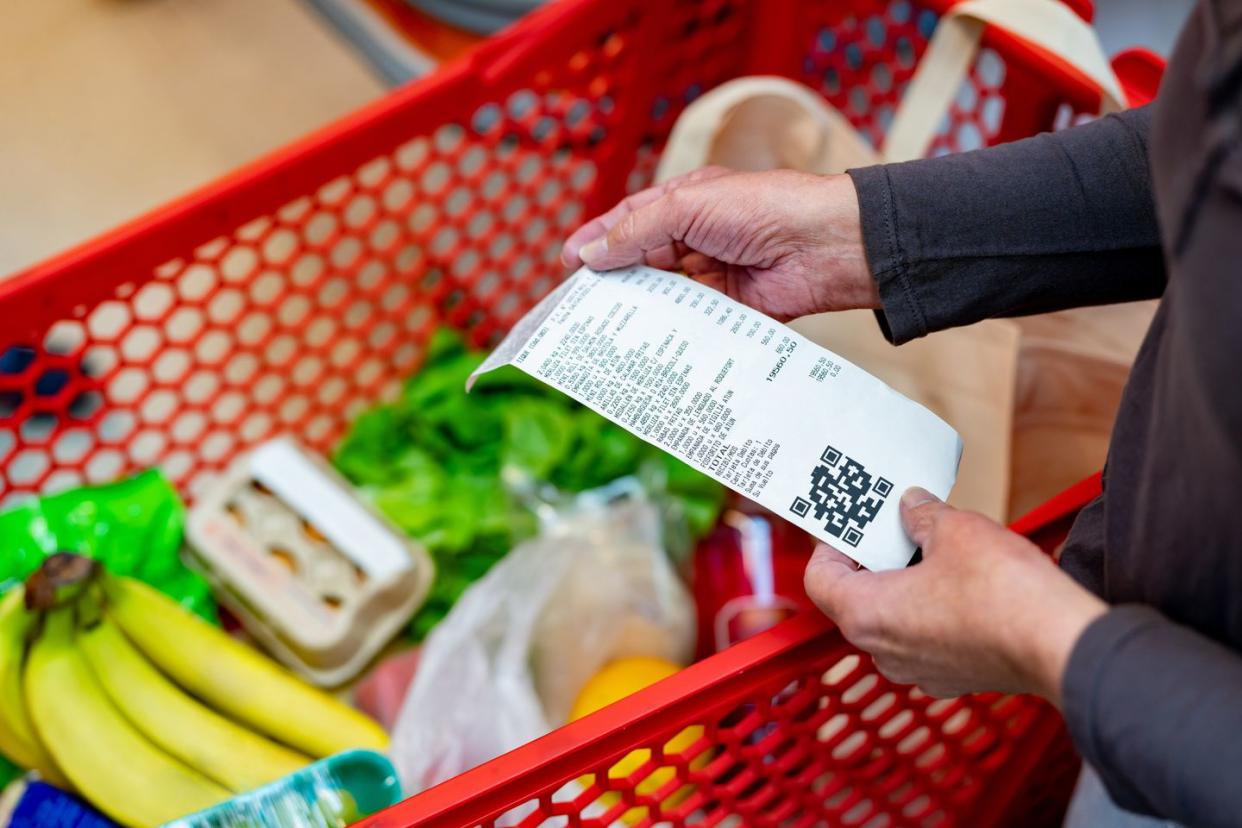The 19 States That Pay More For Groceries Than Everyone Else
Is your weekly grocery bill higher than usual? Join the club.
Recent reports paint a surprising picture of grocery spending across the United States, and there are significant disparities from state to state. According to the most recent data from the U.S. Census Bureau (collected from October 18 to October 30, 2023), American households are shelling out an average of $270.21 per week on groceries, amounting to approximately $1,080 per month.
The cost of food at home rose by 25% from 2019 to 2023, according to the U.S. Department of Agriculture's report on the Consumer Price Index (CPI). Food price increases between 2020 and 2021 were mostly driven by supply chain disruptions and consumer behavior due to the pandemic. Lockdowns and restrictions disrupted global supply chains, leading to temporary shortages and price volatility. Meanwhile, consumers shifted toward more home-cooked meals and bulk purchasing during the pandemic, influencing demand patterns and pricing dynamics.
In 2022, food prices increased faster than any year since 1979, in part due to the avian flu outbreak that raised chicken and egg prices. Despite a slight slowdown in overall inflation throughout 2023, the CPI rose by 1.7% year-over-year in November 2023, indicating a steady but moderate increase in prices.

Beyond inflation and Covid-19, several other factors contribute to rising grocery prices and spending across different states, including regional economic conditions, cost of living indices, and demographic factors. States with higher costs of living and urbanization tend to have higher prices due to increased operational costs for retailers. States with lower costs may benefit from lower living expenses and proximity to agricultural production centers.
Household size, income levels, and dietary preferences may also impact spending habits and overall expenditures. Families with children have significantly higher grocery bills, averaging $331.94 per week. That's 41% more than households without children. Meanwhile, a typical four-person household in the U.S. spends an average of $315.22 weekly on groceries
The national average on groceries per week stands at $270.21, excluding Alaska and Hawaii, which have higher costs due to their geographic isolation and dependence on imports. Hawaii tops the list with average weekly grocery spend of $333.88, while Alaska follows closely behind with $328.71.
5 states with the highest average weekly grocery bills
Hawaii: $333.88
Alaska: $328.71
California: $297.72
Nevada: $294.76
Mississippi: $290.64
5 states with lowest average weekly grocery bills
Wisconsin: $221.46
Iowa: $227.32
Nebraska: $235.12
Michigan: $236.38
West Virginia: $239.24
There are 19 states that spend higher than the average amount of $270.21 a week. Are you curious where your state falls on the list?
Average amount spent on groceries per week, state by state
Hawaii: $333.88
Alaska: $328.71
California: $297.72
Nevada: $294.76
Mississippi: $290.64
Washington: $287.67
Florida: $287.27
New Mexico: $286.39
Texas: $286.19
Louisiana: $282.95
Colorado: $279.98
Oklahoma: $279.16
Utah: $278.41
Georgia: $278.32
New Jersey: $274.69
Massachusetts: $271.98
Arizona: $271.84
Alabama: $271.64
Tennessee: $270.45
Illinois: $269.47
New York: $266.40
North Carolina: $266.23
Maryland: $266.11
Connecticut: $265.90
North Dakota: $265.11
Arkansas: $260.91
Virginia: $259.76
Idaho: $257.54
South Dakota: $256.48
Rhode Island: $255.86
Washington, D.C.: $254.70
Kentucky: $254.57
South Carolina: $254.36
Wyoming: $254.24
Ohio: $253.74
Kansas: $250.88
Minnesota: $250.56
Maine: $249.91
Vermont: $249.38
Oregon: $249.38
Pennsylvania: $249.09
Montana: $246.42
Delaware: $246.21
Missouri: $244.43
New Hampshire: $239.33
West Virginia: $239.24
Indiana: $239.11
Michigan: $236.38
Nebraska: $235.12
Iowa: $227.32
Wisconsin: $221.46
You Might Also Like
